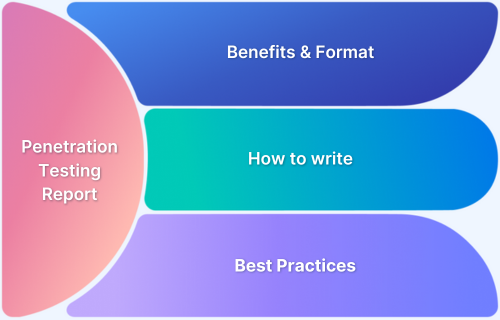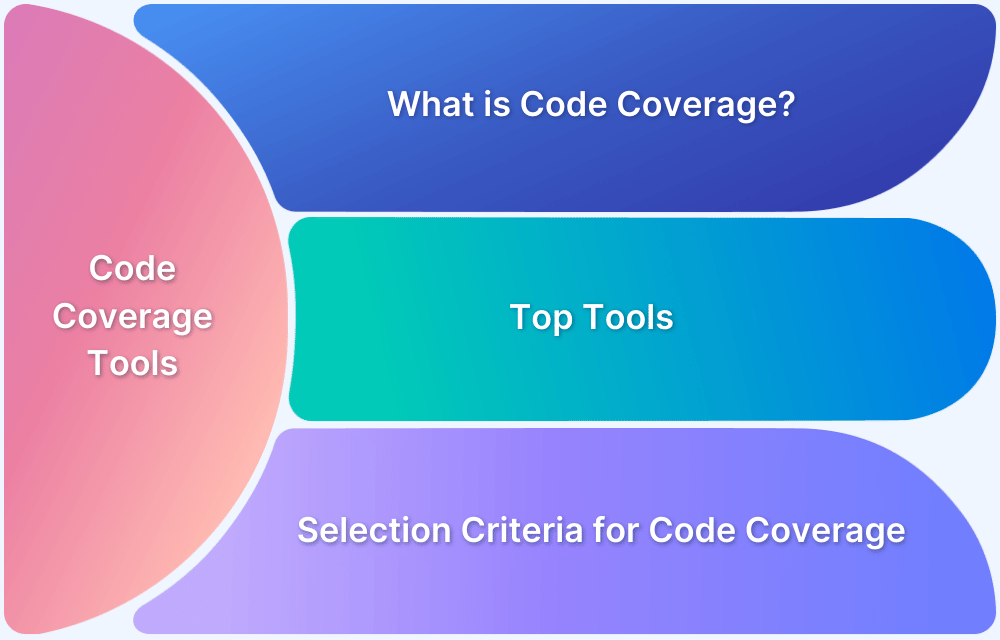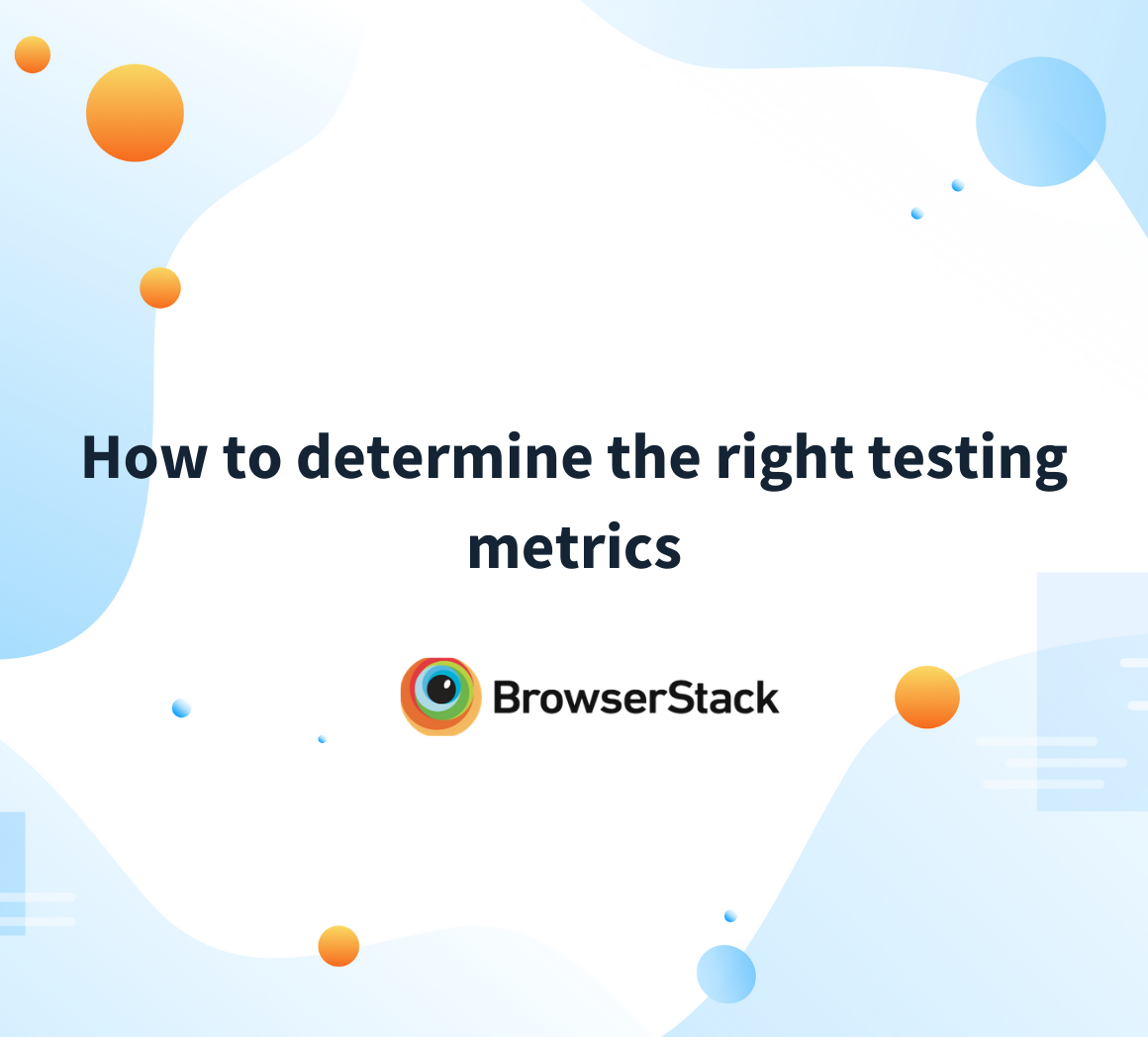In software testing, Test Completion is the final stage of the testing process. During this phase, testers verify that every test case has been executed and that any identified issues are properly documented and resolved.
Overview
What is Test Completion
Test completion is the stage of the software testing lifecycle where all the planned testing tasks have been executed, and the documented deliverables, results, and outcomes have been finalized.
Test Completion Goals
- Ensuring all tests are completed
- Finalizing documentation
- Confirming readiness for release
Key Activities in Test Completion
- Summarize details of the tests run, like pass and failure rates etc.
- Log, track, and pass discovered issues for fixing
- Clean up test data and reset test environment after testing
- Update test cases and procedures to reflect changes
- Gather and analyze key data
- Share test results and updates with stakeholders
- Review is held
This article explores what Test Completion entails and the key Test Completion Activities involved. These activities help ensure the testing process is fully concluded and the product is ready for release.
What is Test Completion?
Test Completion is the final step in the testing process, where all tests are finished and testing activities are closed. It ensures that all test cases have been run, bugs are documented, and reports are completed. This phase also includes a review to make sure all testing goals have been met.
For instance, if a team is testing an e-commerce site, Test Completion happens once all tests, such as checking the payment and user registration, are done. Testers then confirm any issues are logged and finalize the reports, marking the testing phase as complete before the site is released.
Read More: How to Write an Effective Bug Report
Purpose of Test Completion
Test Completion aims to officially wrap up the testing phase and confirm that the software is prepared for release. It serves as the final checkpoint where teams verify that all planned tests have been executed, defects have been addressed, and the product meets the defined quality standards.
Key purposes include:
- Ensuring all tests are completed: Ensuring that every planned test case has been run and all functionality has been verified.
- Finalizing documentation: Preparing test reports, defect logs, and other documentation for future reference or post-release analysis.
- Confirming readiness for release: Ensuring that the software is stable, free from critical issues, and ready for deployment to users.
Test Completion is essential for providing confidence that the product meets expectations and is ready for the next stage, whether it’s deployment or further development.
Test Completion – Work Products
When testing wraps up, several key deliverables are created to finalize the process and make sure everything is in order before release. These work products help document test results, track issues, and ensure the testing phase is thorough and complete.
Here are the main work products created during Test Completion.
Work products created during Test Completion
- Test Results and Reports
- Defect Logging and Tracking
- Test Data and Environment Clean-Up
- Documentation Updates
- Metrics Collection and Analysis
- Stakeholder Communication
- Post-Test Review and Retrospective
1. Test Results and Reports
These final reports summarize what tests were done, what passed, what failed, and any remaining issues.
For Example, after testing a new feature on a shopping app, the team generates a report showing that most features worked well, but a bug was found during the checkout process.
Read More: How to write a good Test Summary Report
2. Defect Logging and Tracking
Any bugs or issues discovered are logged, tracked, and passed on for fixing.
For Example, while testing a messaging app, the team finds that notifications aren’t working properly. The issue is logged in the bug tracker, and the development team is notified for resolution.
Read More: What is Defect Tracking
3. Test Data and Environment Clean-Up
After testing, all test data is cleaned up, and the test environment is reset so it’s ready for future use.
For Example, once testing on the database is complete, the team deletes all test records and restores the test environment to its original state.
4. Documentation Updates
Test-related documents, such as test cases and procedures, are updated to reflect any changes made during testing.
For Example, after testing a new login feature, the team updates their test cases to include additional steps for new security checks introduced during development.
5. Metrics Collection and Analysis
Key data from the testing process, like test coverage and bug resolution times, is collected and analyzed to assess how well the testing went.
For Example, the team tracks metrics like how many bugs were found, how long it took to fix them, and how much test coverage was achieved. This helps them improve their testing approach next time.
6. Stakeholder Communication
Test results and updates are shared with stakeholders to keep everyone in the loop on the testing progress and the product’s status.
For Example, once all tests are complete, the test lead sends an email to project managers. They let them know the results, any critical bugs that remain, and whether the product is ready for launch.
7. Post-Test Review and Retrospective
A review is held to reflect on the testing process like what went well, what could be improved, and what to focus on next time.
For Example, after completing testing, the team holds a retrospective to discuss how they handled defect reporting, test case coverage, and how to streamline the testing process for the next project.
Above mentioned pointers include practical examples for each of the work products to make it easier to understand how they apply in real testing scenarios.
When Can You Achieve Test Completion?
Test Completion is achieved when all planned testing activities have been completed, the product meets the agreed-upon testing criteria, and all necessary deliverables are finalized. It marks the official end of the testing phase, but achieving it depends on several factors.
Here are the key milestones to confirm when Test Completion can be reached:
- All Test Cases Executed: Every test case from the test plan has been executed, and any remaining tests have been addressed or deferred.
- Defects Identified and Addressed: All critical defects have been reported, tracked, and either resolved or deferred for future releases.
- Test Environment Cleaned Up: The test environment and any test data used during the cycle are cleaned up and reset to ensure everything is ready for future testing.
- Documentation Finalized: All testing documentation, including test results, reports, and test case updates, is finalized and stored.
- Stakeholder Approval: Stakeholders have reviewed and approved the testing results and are satisfied with the testing coverage and product quality.
- Test Metrics Collected and Analyzed: Key metrics (such as test coverage, defect density, and test execution time) have been collected, analyzed, and shared with the relevant stakeholders.
Read More: How to determine the right testing metrics
Examples of Test Completion Activity
Test Completion activities are the final tasks that ensure the testing process is fully wrapped up. For example, finalizing test reports is one key activity where the team summarizes the results of all the tests, ie. what worked, what didn’t, and any issues found.
After testing a new feature on a website, the team would create a report that outlines which tests passed, highlights any bugs (like an issue with the checkout page), and shares this with stakeholders.
Another important activity is defect logging and closure. If a bug is found during testing, like a problem with user registration, it gets logged, tracked, and either fixed or pushed for future resolution. Once the defect is addressed, it is closed, and the issue is considered resolved.
Other crucial activities include cleaning up test data and the testing environment. This means clearing any test accounts or test data and resetting the system for the next round of testing. For instance, after testing a mobile app, the team might delete all temporary user accounts created during testing and reset the server.
Collecting and reporting metrics is another key task, where the team tracks things like the number of defects, the time taken to fix them, and the overall test coverage. If the team discovers that 95% of tests passed but some issues took longer to resolve than expected, they will report these findings for future improvement.
Finally, the team conducts a post-test review to evaluate the testing process. They discuss what went well (like clear communication about bugs) and what could be improved (such as faster turnaround on defect fixes) so they can improve the process for the next test cycle.
Factors that Affect Test Completion
Several factors influence when Test Completion can be achieved. These factors help determine whether the testing phase is truly complete and if the product is ready for release:
1. Number of Executed Test Cases
The more test cases that are executed, the more comprehensive the testing process. If a significant number of planned test cases are still pending, Test Completion cannot be declared.
Code Coverage Percentage
This measures how much of the code has been tested. Higher code coverage means more of the application has been validated, contributing to a more complete testing process. If code coverage is low, additional tests may be needed to achieve Test Completion.
Read More: 15 Code Coverage Tools
2. Fixed Defects
Test Completion depends on the number of defects found and whether they’ve been resolved. If critical bugs remain unresolved, Completion will be delayed until they are addressed.
3. Software Product Risk Level
The complexity and risk associated with the software also affect Test Completion. A high-risk product involving sensitive data may require more extensive testing, which can extend the time needed to declare Test Completion.
Test Completion Criteria
Test Completion is about ensuring every aspect of the software has been thoroughly checked. The criteria for completing each type of test vary, but they all play a key role in determining when testing is truly finished.
Here are the main criteria for each type of testing:
Main Criteria for Test Completion
- Unit Testing
- Functional Testing
- Non-Functional Testing
- Integration Testing
- System Testing
- User Acceptance Testing (UAT)
- Visual Testing
- Regression Testing
1. Unit Testing
All individual parts of the software (like functions or modules) must be tested in isolation to make sure they work as expected.
Example: In a mobile app, unit tests would ensure that actions like submitting a form or clicking a button trigger the right response in the app.
The core features of the software, such as buttons, forms, and workflows, must be verified to make sure they meet the requirements.
Example: For an e-commerce website, functional tests ensure that users can search for products, add them to the cart, and complete the checkout process without issues.
Non-functional tests focus on performance, usability, security, and other quality factors that are just as important as functionality.
Example: This could involve checking that the website loads quickly even under heavy traffic or ensuring that customer data is securely stored and encrypted.
After combining different components or systems, integration testing ensures they work together as intended.
Example: If an e-commerce site integrates with a payment gateway, integration testing checks that the payment process works smoothly with the checkout system.
The entire system is tested as a whole to ensure all components work together and meet the overall business requirements.
Example: In a hospital management system, system testing ensures that features like patient records, billing, and appointment scheduling all work seamlessly together.
6. User Acceptance Testing (UAT)
Real users validate the software to confirm that it meets their needs and expectations before it goes live.
Example: For a new HR management system, UAT would involve HR personnel using the software to ensure it can handle tasks like payroll processing and employee record management correctly.
Visual testing ensures that the application’s UI displays correctly across all devices and screen resolutions.
Example: A visual test might check that a website’s design looks consistent across mobile phones, tablets, and desktops without misaligned elements or broken layouts.
Regression testing checks that new changes haven’t negatively affected existing functionality.
Example: After fixing a bug in the login screen, regression testing would confirm that other features, like password recovery and user registration, still work as expected.
How BrowserStack helps determine Test Completion?
BrowserStack is crucial in determining Test Completion by providing comprehensive test reports and enhancing test observability. With BrowserStack, teams can run tests across multiple browsers, devices, and operating systems, generating detailed reports that highlight which tests were successful, which failed, and which require further investigation.
BrowserStack Test Observability tool plays a key role in helping teams achieve Test Completion by providing the following:
- Test Reports: Automatically generated reports show which test cases passed, failed, or skipped, giving a clear view of the test status.
- Test Logs and Insights: Real-time logs, screenshots, and video recordings help teams track test execution and diagnose issues quickly across multiple browsers and devices.
These features ensure comprehensive test coverage and allow teams to confirm that all required tests have been run. It makes it easier to determine when testing is truly complete.
Conclusion
Test Completion is a key milestone in the software development lifecycle. It signals that all test cases have been executed, defects addressed, and documentation finalized.
With tools like BrowserStack Test Observability, the process becomes even more efficient by providing real-time visibility into test execution, detailed reports, and the ability to test across a wide range of browsers and devices. By streamlining Test Completion activities, BrowserStack helps teams save time, reduce risks, and ensure software quality before the final release.
Try BrowserStack Test Observability
Frequently Asked Questions
1. What is a test completion report?
A test completion report is a document that sums up the results, findings, and outcomes of the executed tests. This report gives a detailed overview of the testing process, which includes metrics, unresolved issues, achievements, and more. Based on these reports, further decisions concerning the software release will be made.







